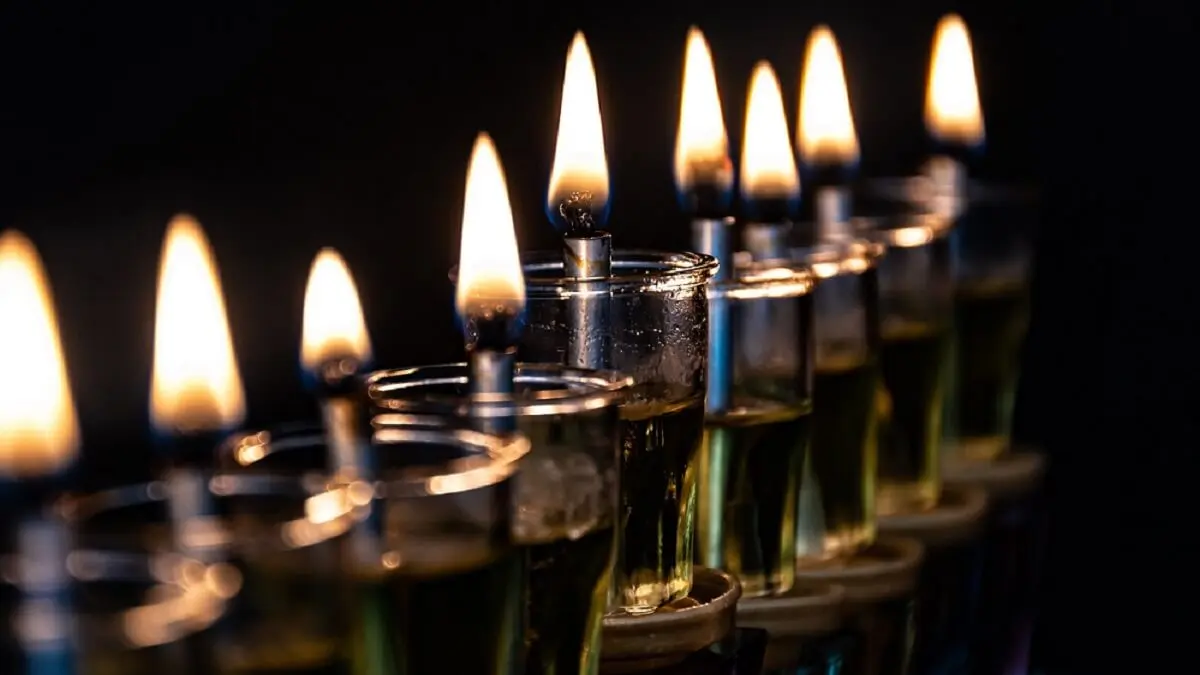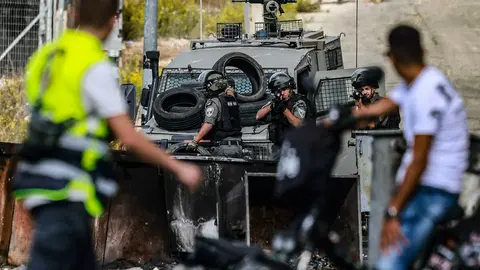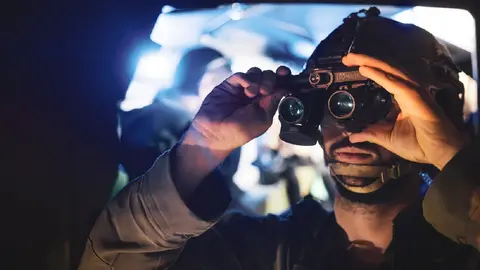Hanukkah, the Jewish holiday with the Gaza war in the background

Since the evening of Thursday 7 December, Jewish homes around the world have been lighting the first candle of a nine-branched candelabrum. What is being commemorated took place 23 centuries ago, in the year 167 B.C. It was the massacre of thousands of Jews who resisted the Hellenisation forced upon them by Antiochus IV Epiphanes, a member of the Seleucid dynasty, who reigned over Judea at the time.
A major symbol of the subjugation that Antiochus intended for the Jews was the prohibition of the celebration of their acts of worship in the Great Temple in Jerusalem, which was consequently profaned by establishing in its place the devotion to pagan gods, with Zeus at its head. The Hebrew people revolted and set out to recapture the temple, which they took at the cost of thousands of deaths. The survivors of the massacre managed to set up a temporary altar for their own celebrations. This 'reopening' is literally called 'Hanukkah', evoking both a national reconstruction and a corresponding spiritual rebirth, as defined by specialists such as Jean-Christophe Attias and Esther Benbassa in their 'Dictionnaire des mondes juifs' (Ed. Larousse).
According to Talmudic tradition, a prodigy still unexplained occurred: when the Jewish worship was restored in the Temple, and the seven branches of the lampstand known as the Menorah were lit, the Hebrews discovered that there was only a single lamp of consecrated oil, sufficient for only one day. Miraculously, the lamp burned uninterruptedly for eight days, the time it would take to make new oil. This is why the festival of Hanukkah lasts for eight days, coinciding with the beginning of winter, namely from the 25th kislev, which falls between November and December.
Thus, for the commemoration, every household lights a candle from the nine-branched candelabra (hanukia) used for Hanukkah, preferably placed next to a window. The ninth arm of the candelabra is used to hold the auxiliary candle called the shamash, which is used to light the other eight candles during the festive period of the commemoration.
Already understood as a festival of lights, its tradition has also been adopted by other religions, especially Christian ones. Thus, the Feast of Lights is celebrated with great popular pomp in places with strong Catholic roots such as Lyon, Cologne and Milan, where the ecumenical sense of reconciliation and personal spiritual purification is emphasised.
At a time when fighting is intensifying in the war in Gaza, while in Europe's Ukraine there are fears that the halt in Western aid, especially from the United States, will facilitate Russian President Vladimir Putin's expansionist plans, each community has many things to celebrate or lament according to its own circumstances. Let there at least be hope that the lights of Hanukkah will illuminate, even dazzle and awaken the pity of minds and hearts.



